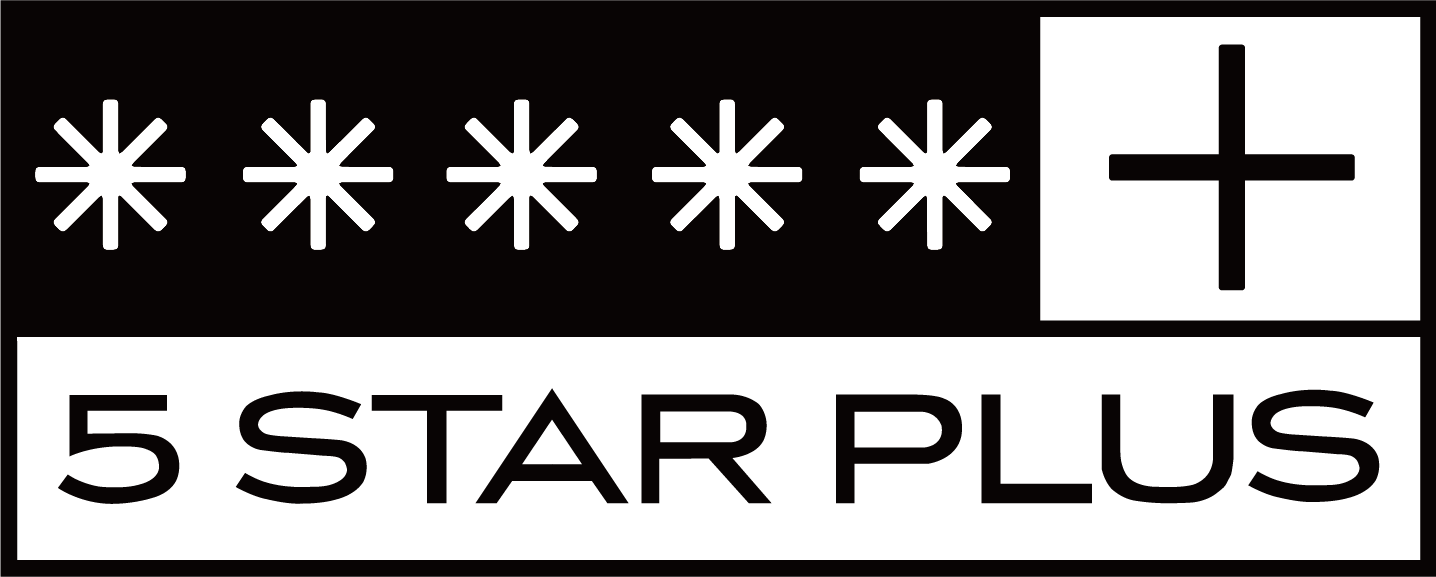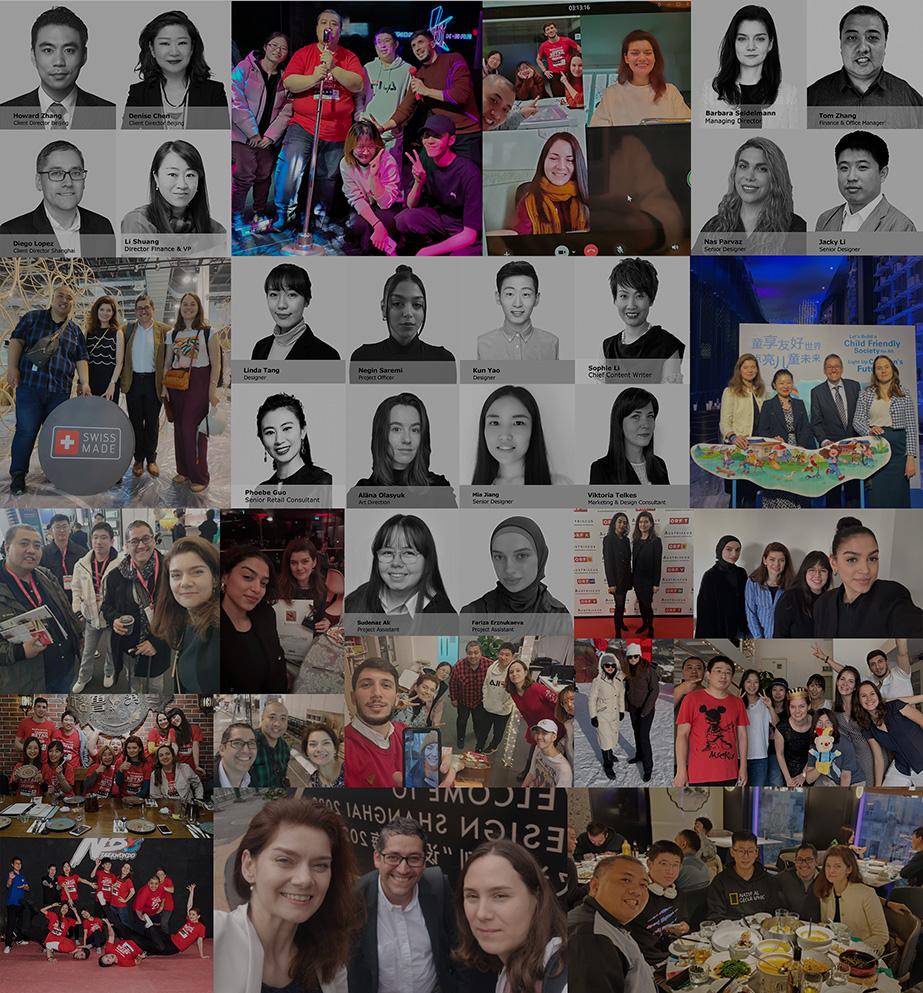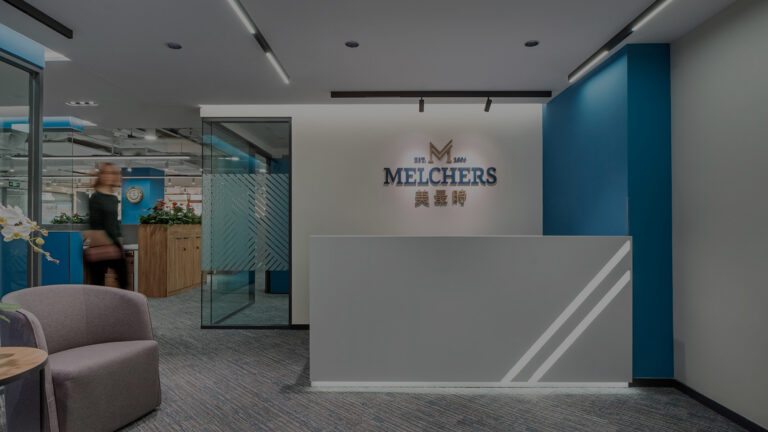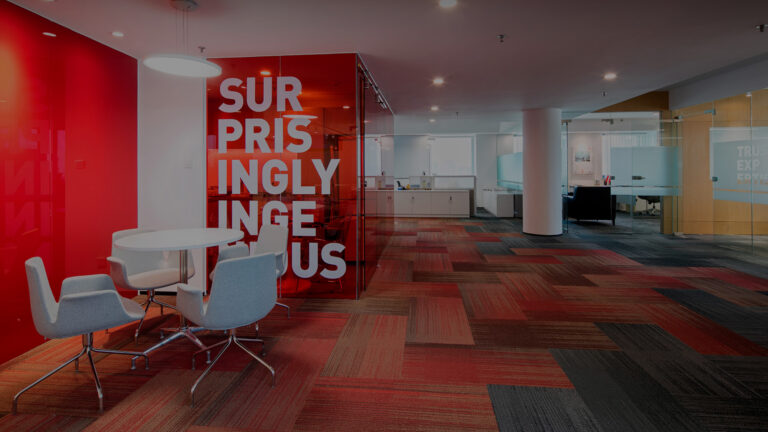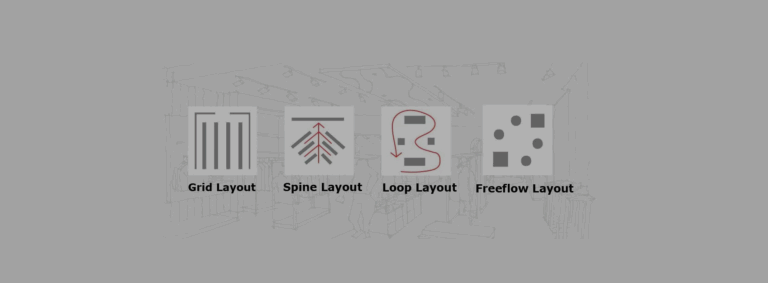In today’s retail environment, offline retail remains an efficient way to communicate and connect with consumers when compared to online retail. Whether it’s a retail store, pop-up store, or exhibition stand, the design of offline stores must be a clear representation of the brand. It includes much more than choosing the right piece of furniture or lighting fixture. It has to speak for the brand’s mission, values and vision. A key part of successful retail design starts by taking the client’s requirements into consideration at the early stages of the design process and prioritizing the brand’s values in the design stages that follow. This process is something we take pride in at 5 Star Plus Retail Design. This article takes a case study of our design process for a professional camera production brand needing an exhibition stand design.
Step 1: Analysis
Regardless of project type or brand, 5 Star Plus begins by conducting a thorough research and analysis of the client company and its competitors. This research includes a deep understanding of the brand, its products and history as well as the position of the company in the local market. Communication between the client and the designers is essential in order to identify the strategic brand goals and creatively brainstorm the best visual way to represent them.
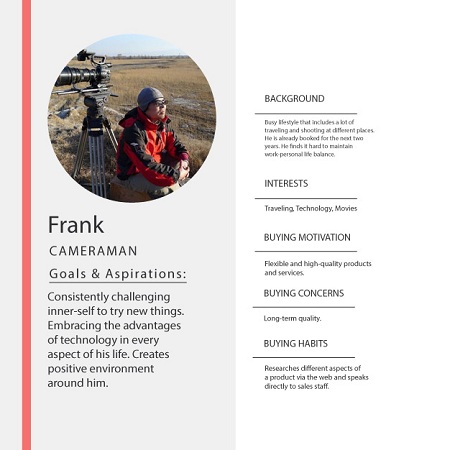
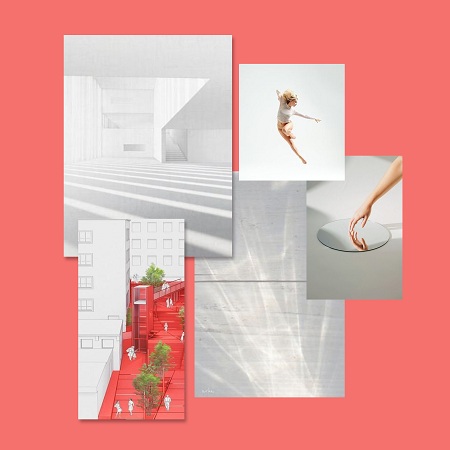
“Creating Customer Persona Profile during the Analysis”
“Moodboard Expressing Infinity”
Additionally, during this step of the design process, our team focuses on research about the project location. The designers have to know the exact location of the stand within the exhibition area, the orientation, the general customer flow direction and the special requirements of the exhibitor. Depending on the scope of the project, the research and analysis step can take up to one week. In the case of the Camera brand, we utilized four designers to complete step one within three days.
Step 2: Mood Board
A mood board is a collection of ideas that set the mood and general aesthetic of the future store, restaurant or exhibition stand based on the brand values and guidelines. It is created by the designers to provide the client with a guiding abstract design direction before beginning the actual conceptual design. The mood board then serves as a transition between the initial design thoughts and the first drafts. Mood boards are an effective tool for visual organizing, setting the scene and establishing a point of reference. The images used for the board represent the brand or just illustrate a certain feeling or aesthetic. Having this kind of visual plan will provide a ready-made roadmap for the designers and help to speed up the designer’s work when it comes time to start the conceptual design phase.
Step 3: Zoning Based on Customer Flow
The layout of a retail space is strategically important because it gives the brand the ability to influence the customer experience. This step of the conceptual design process can be done in parallel with the previous, mood board phase. Within every exhibition stand as well as in a retail store, there are zones for different product categories or services. After understanding the product categories and the clear goal of the client, the designers have to create a logical connections between these zoning areas. Each zone is meant to evoke a different reaction from the visitor, either rational or emotional.
The two main components for the layout are the customer flow and the overall design. The design includes the strategic floor plan, while the customer flow is the pattern of behavior and the way visitors go through a store or exhibition stand. Creating zones using merchandise displays, interactive experience points, and signage develops semi-separate areas. All three types of design elements act as speed bumps to keep the customer in the zone and slow down. The main idea is to grab the attention of the visitors and entice them inside the stand by using different attraction points. Within the zones, secondary attraction points keep the visitors movement throughout the space fluid and maintain the customer flow in the stand. The design of the stand incorporates interactions at every point.
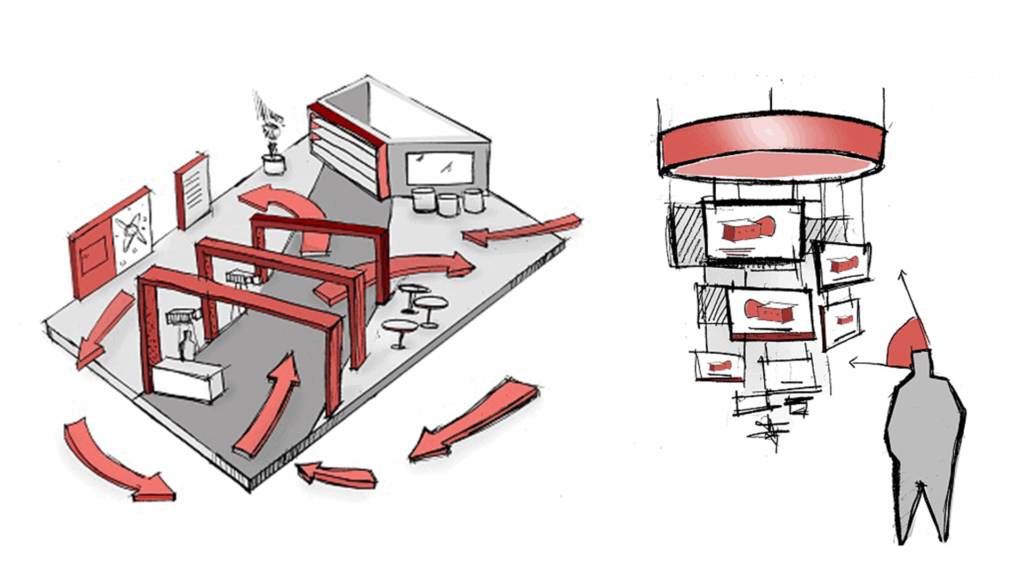
“Customer Flow within the Exhibition Stand”
“Short Movie Clips are Displaced using Hanging Screens from the Ceiling”
The above design example introduces the brand’s history of camera production by using a tunnel that attracts the visitors into the stand while also showcasing different products. During their journey through the tunnel, they stay interested and excited while learning about the products.
The other main zones are two different experience points. The broadcasting zone showcases the quality of their live streaming control system and cameras. The movie shooting area showcases the different features of their most popular cameras and allow guests to learn more about them. The background for both areas are very visual, unique and eye-catching in order to grab the visitor’s attention even from the distance. By creating a story for each zone and tying it all together through design, the entire stand builds a connection between the brand and its visitors.
Outcome of Conceptual Design
As the result of this stage of the design process, we can create a clear design direction which is easy to understand and interpret. A strong conceptual design serves as a solid ground for the next phases of the design development when the designers work on the details, draw the precise floor plan and elevations and later on create the 3D model of the space.
By investing into this creative part, we are able to achieve the best possible branding result for increased brand awareness and brand loyalty which, ultimately, is expected to translate into a higher sales turnover.
